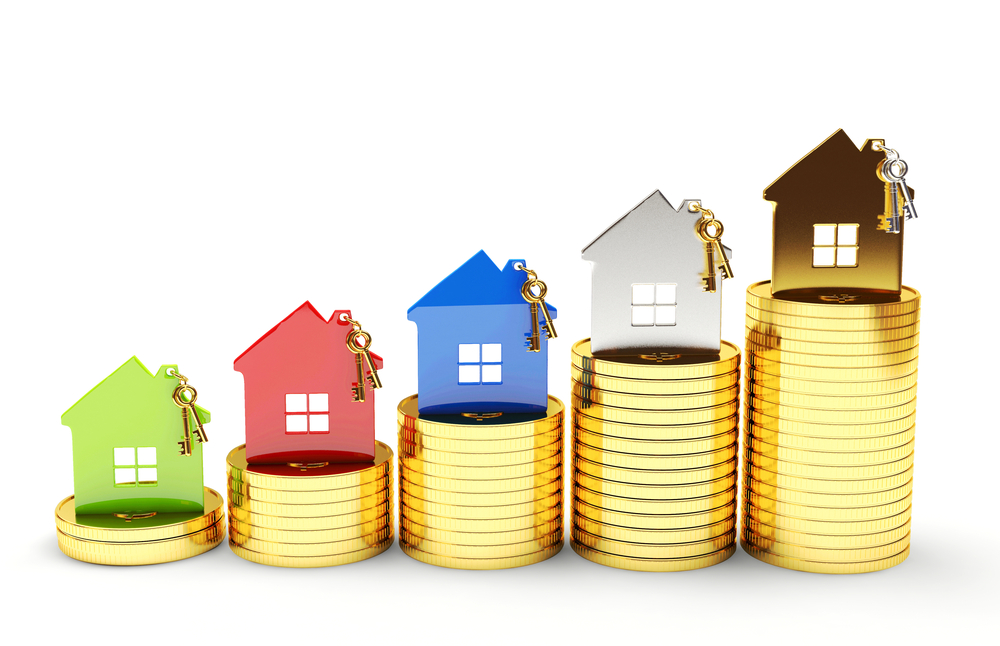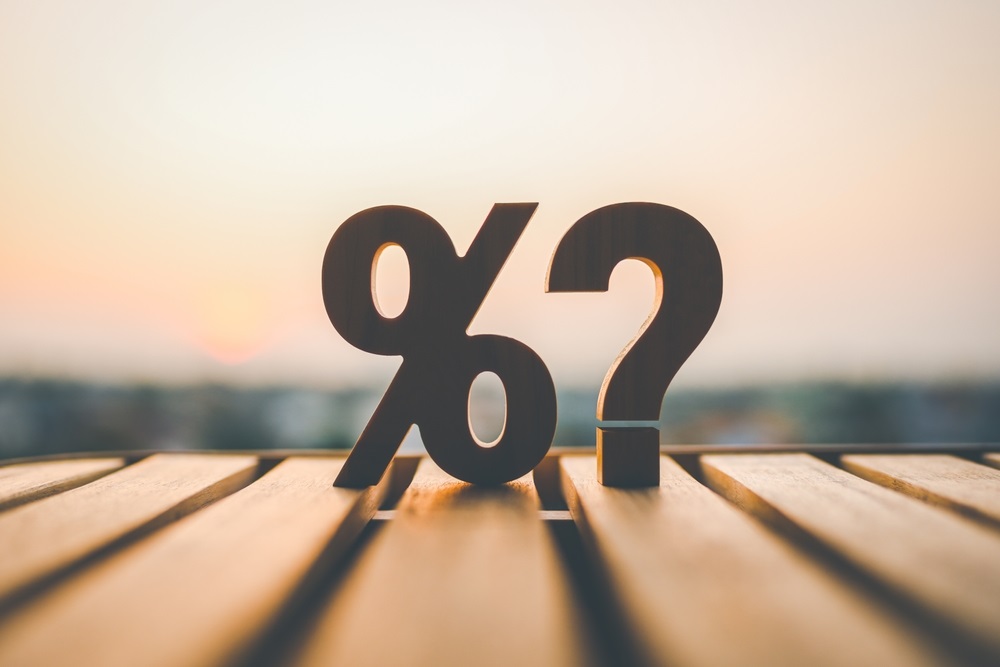The average house price in the UK is more than £200,000 for the first time, but properties in the North are now less than half those in the South, new figures show. According to the latest Nationwide House Price Index, property prices rose 0.8% in March to £200,251. However, the divide between the North and the […]
 The average house price in the UK is more than £200,000 for the first time, but properties in the North are now less than half those in the South, new figures show.
The average house price in the UK is more than £200,000 for the first time, but properties in the North are now less than half those in the South, new figures show.
According to the latest Nationwide House Price Index, property prices rose 0.8% in March to £200,251.
However, the divide between the North and the South has widened.
The gap in average prices between the South and the North of England now stands at nearly £163,000.
Prices in Southern England, which includes the South West, Outer South East, Outer Metropolitan, London and East Anglia, are now up 9.9% year-on-year to £313,670.
In comparison, prices in the North, including the West Midlands, East Midlands, Yorkshire and Humberside, the North West and the North East, rose by just 1.8% to £150,917.
On an annual basis, prices have risen 5.7%.
Robert Gardner, Nationwide’s chief economist, said: “There has been a pickup in housing market activity in recent months, with the number of housing transactions and mortgage approvals rising strongly. This is likely to have been driven, at least in part, by upcoming changes to stamp duty on second homes, where buyers have brought forward purchases in order to avoid the additional tax liabilities.
“Regional house prices maintained the same broad trends prevailing in recent years with southern regions continuing to record significantly stronger rates of annual price growth, further widening regional disparities.”
For only the fourth time in five years, London did not record the strongest rate of price growth, with the Outer Metropolitan region occupying the top spot in the first quarter, with average prices up 12.2% year-on-year to £344,371.
London was close behind with growth of 11.5%, taking the average property value up to £455,984.
The North was the weakest performing region in England and the UK overall, with prices down 1.1% for the year to £123,864. Scotland also saw negative growth of 0.2% to £139,911.
In Northern Ireland annual growth was up moderately by 1.8% to £123,225, though the price of a typical property is still 45% below the pre-crisis peak. There was a slight pick-up in Wales of 1.7% year-on-year to £141,525.
Jeremy Leaf, a former RICS chairman and north London estate agent, said: “While the March house-price figures, as expected, reflect a rush to beat the stamp duty hike for landlords and second homeowners, it is surprising that they aren’t higher. The buy-to-let backlash has come about as the powers at be believe the sector to be running away with itself but the anticipated stampede to buy has not materialised.
“It suggests perhaps that the Bank of England may have overreacted with its consultation paper bringing in further changes when the market has not yet had a chance to absorb the tweaks to mortgage interest tax relief and higher stamp duty.
“The real test for the market will come in the next two months as many investors pause for breath to see if prices soften sufficiently to allow them to come back in. However, on the ground we are still seeing keen interest from landlords who simply intend to negotiate harder on the price they pay going forward.”














